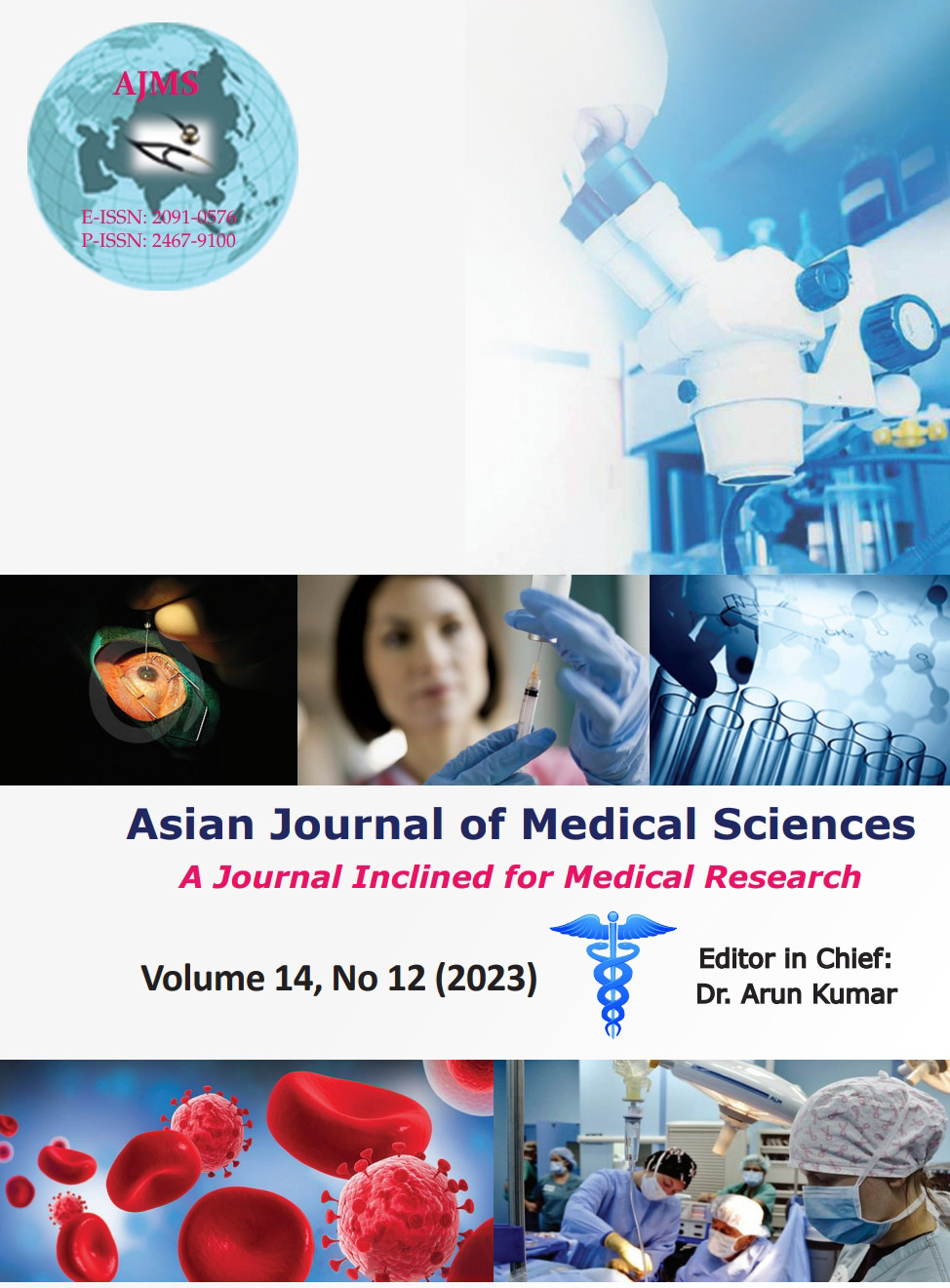To study the planned surgical procedure in single-dose antibiotic prophylaxis
Keywords:
Antibiotic prophylaxis; Cefoparazone; Ceftizidime; PiperacillinAbstract
Background: Postoperative wound infection may be due to many causes, of which “microbial contamination” is the factor that is influenced by antibiotic administration. Since the concept of antimicrobial prophylaxis has emerged, several workers have searched for optimal antimicrobial drugs, their routes, and the timing of their administration, with the ultimate goal of achieving zero sepsis. The use of preoperative systemic antibiotics has brought down the incidence of wound infection considerably.
Aims and Objectives: The aim is to identify which drug is the best option for single-dose antibiotic prophylaxis to prevent postoperative wound infection.
Materials and Methods: This is a prospective study. The study was conducted in the surgical ward of J.A. Group of Hospitals, Gwalior, Madhya Pradesh, India, from May 2020 to April 2022. Patients of all sexes and ages were included in the study. Patients were divided into five groups according to a class of antibiotics. The study consisted of a total of 125 patients admitted to the surgical ward. Statistical Package for the Social Sciences–(10 systems) was applied for the study. P<0.05 was considered statistically significant.
Results: A total of 125 patients were studied in five groups, depending on the antibiotics. The A, B, C, and D groups were given only a single dose of antibiotics, while group E was given a full course of antibiotics during preoperative, intraoperative, and postoperative periods. Out of 125 cases, only 5 patients had clinical and bacteriological evidence of wound sepsis in different groups of single-dose antibiotics, and one case in group E had multiple doses of antibiotic given. The wound infection rate in clean patients was 20% in ceftazidine, 12.5% with piperacillin tazobactum and cefoperazone sulbactum, and 21.1% in the multiple dose group. No infection was reported with amoxycillin-clavulanic acid. Staphylococcus, Escherichia Coli, and Klebsiella were the offending agents, and anaerobic infections were not found.
Conclusion: A single dose of antibiotic prevents the suppression of normal, sensitive microbial flora, which is usually seen with multiple doses of antibiotics. In this way, it helps in keeping the patients infection-free without interfering with their naturally inherited immunological status of the patient.
Downloads
Downloads
Published
How to Cite
Issue
Section
License
Copyright (c) 2023 Asian Journal of Medical Sciences

This work is licensed under a Creative Commons Attribution-NonCommercial 4.0 International License.
Authors who publish with this journal agree to the following terms:
- The journal holds copyright and publishes the work under a Creative Commons CC-BY-NC license that permits use, distribution and reprduction in any medium, provided the original work is properly cited and is not used for commercial purposes. The journal should be recognised as the original publisher of this work.
- Authors are able to enter into separate, additional contractual arrangements for the non-exclusive distribution of the journal's published version of the work (e.g., post it to an institutional repository or publish it in a book), with an acknowledgement of its initial publication in this journal.
- Authors are permitted and encouraged to post their work online (e.g., in institutional repositories or on their website) prior to and during the submission process, as it can lead to productive exchanges, as well as earlier and greater citation of published work (See The Effect of Open Access).




